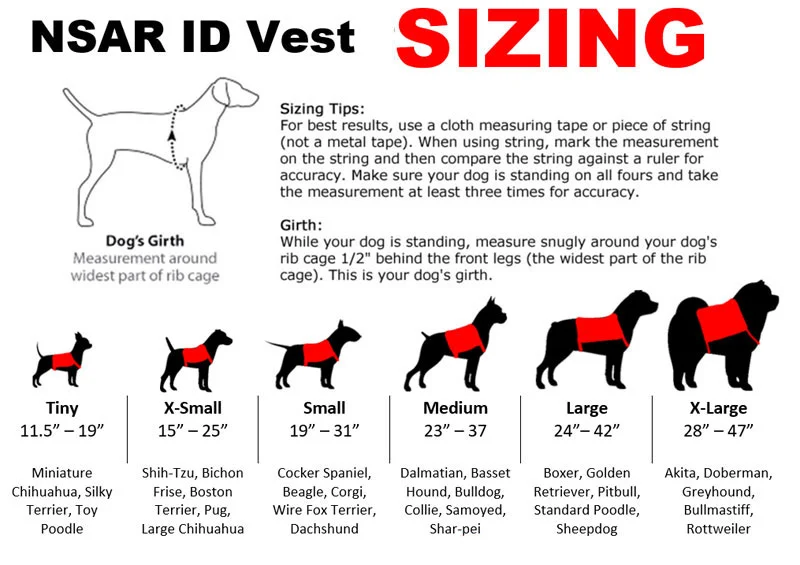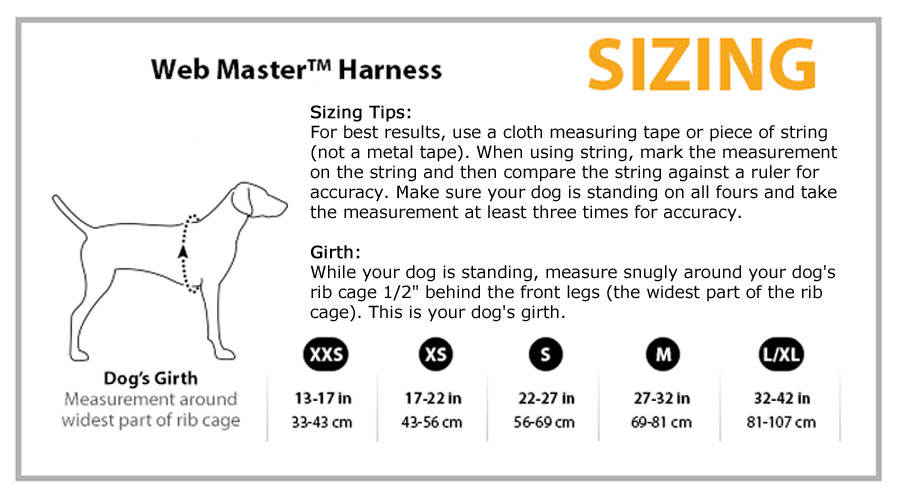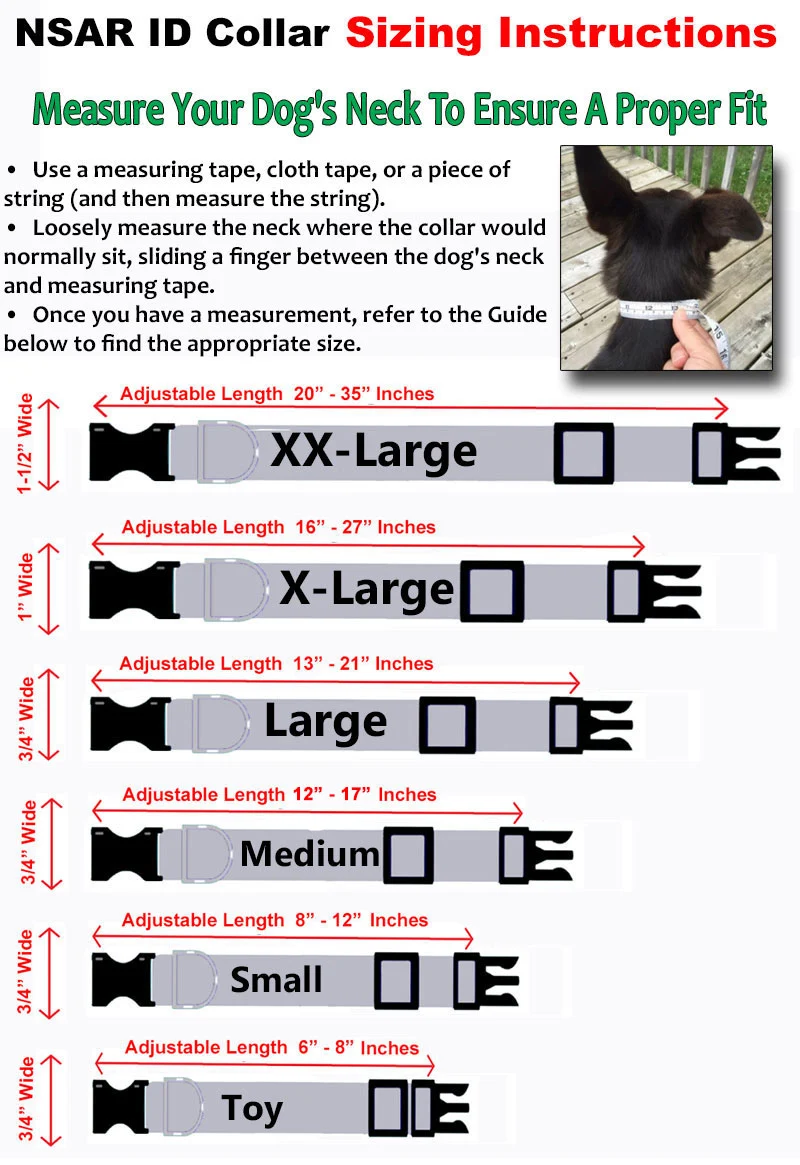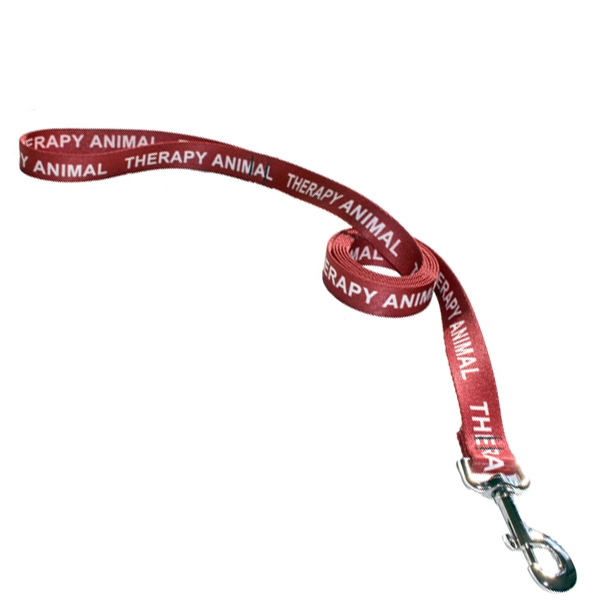How to Transition a Pet into a Certified Emotional Support Animal (ESA)

If your pet has been a source of comfort and companionship during challenging times, you might be wondering if they can officially become an Emotional Support Animal (ESA). Transitioning a pet into a certified ESA can provide essential support for individuals struggling with emotional or psychological conditions—and open the door to vital housing rights and travel accommodations.
In this comprehensive guide, you’ll learn what an ESA is, how it differs from service animals and therapy pets, the legal and emotional benefits of certification, and the step-by-step process to make it happen. Whether you’re an individual seeking support, a therapist writing letters, or simply curious about the process, this article is your go-to resource.
What Is an Emotional Support Animal (ESA)?
An Emotional Support Animal (ESA) is a pet that provides therapeutic benefits to its owner through companionship and emotional support. Unlike service animals, ESAs are not trained to perform specific tasks related to a disability. However, their presence alone can alleviate symptoms of anxiety, depression, PTSD, and other emotional or psychological conditions.
Key Differences Between ESAs, Service Animals, and Therapy Animals
- ESAs: Offer emotional comfort; require a letter from a licensed mental health professional.
- Service Animals: Trained to perform specific tasks for a person with a disability; covered under the ADA.
- Therapy Animals: Visit hospitals, schools, or other facilities to provide therapeutic interaction to others; typically part of a volunteer program.
Legal Rights and Protections for ESAs
While ESAs do not have the same access rights as service dogs, they are protected under specific federal laws:
1. Fair Housing Act (FHA)
The FHA requires landlords to make reasonable accommodations for tenants with ESAs, even in pet-free housing. Landlords:
- Cannot charge pet fees for ESAs.
- May require a valid ESA letter but cannot ask for specific diagnosis details.
2. Air Carrier Access Act (ACAA)
As of January 2021, ESAs are no longer recognized as service animals under the ACAA. Airlines now treat them as pets, meaning:
- They may require a carrier.
- Pet fees may apply.
3. State-Level Laws
Some states provide additional protections for ESAs. Be sure to check local laws and regulations.
How to Qualify for an ESA
To transition your pet into an ESA, you’ll need to meet specific criteria and obtain the proper documentation.
Step 1: Understand the Need
You must have a diagnosed emotional or psychological condition, such as:
- Generalized anxiety disorder
- Depression
- PTSD
- Social anxiety
- Panic disorder
Step 2: Connect with a Licensed Mental Health Professional (LMHP)
You must consult with a licensed professional who can evaluate your condition and determine if an ESA would benefit you.
Step 3: Obtain a Legitimate ESA Letter
The ESA letter must:
- Be written on the provider’s official letterhead
- Include the provider’s license number, signature, and date
- State that you have a condition that qualifies for an ESA
- Recommend the ESA for alleviating symptoms
Avoid ESA scams! Always verify the provider’s credentials and avoid sites offering instant letters without evaluations. NSAR provides an evaluation and letter within 24 hours to help expedite exercising your rights.|
Steps to Transition a Pet into an ESA
Once you have your ESA letter, here’s how to make the transition smoother:
1. Assess Your Pet’s Temperament
Your pet should be:
- Friendly and well-behaved
- Comfortable in various environments
- Able to remain calm under pressure
2. Socialize and Train Your Pet
While ESAs aren’t legally required to have training, basic obedience can:
- Improve your pet’s behavior in public settings
- Help avoid misunderstandings with landlords or neighbors
3. Notify Relevant Parties
- Housing: Submit your ESA letter to your landlord or housing authority. Read How to Talk to Your Landlord About Your ESA.
- Therapist: Keep your LMHP informed to ensure continued support and documentation.
4. Maintain Annual Evaluations
Some landlords may request updated documentation yearly. Maintain ongoing care with your therapist for updated letters.

Benefits of Having an ESA
- Improved emotional regulation
- Reduced anxiety and panic attacks
- Enhanced sense of safety and routine
- Legal protection in housing situations
Case Study: Jane, a 32-year-old graphic designer, struggled with PTSD following a car accident. Her cat, Luna, became a source of comfort and stability. After speaking with her therapist and receiving an ESA letter, Jane was able to keep Luna in her no-pets apartment and noticed significant improvements in her daily functioning.
Tips for Caring for Your ESA
- Regular vet visits to ensure your ESA remains healthy
- Consistent routines to foster trust and security
- Enrichment activities like toys, walks, and playtime
- Create a calm home environment to support both your mental health and your ESA’s well-being
FAQs
Can any pet become an ESA?
While dogs and cats are the most common, other animals like rabbits or birds may qualify. However, housing providers may have limits based on reasonable accommodation.
Do I need to register my ESA?
The only requirement is a valid ESA letter from a licensed professional; however, many handlers also register their ESA to help mitigate questions and/or confrontations with other tenants and the public.
Can landlords deny my ESA?
They can only deny your ESA if the animal poses a direct threat to others or causes significant property damage.
How long does an ESA letter last?
Most ESA letters are valid for one year. Renewal may be necessary for continued accommodations.
Can an ESA accompany me to work?
ESAs are not covered under the ADA for workplace accommodations. However, you can speak with your employer about making an exception.
Conclusion
If you believe your pet could become an Emotional Support Animal, we’re here to help. Explore our trusted ESA letter services, connect with licensed professionals, and ensure your rights are protected.
Share this guide with someone who could benefit from emotional support through a loving companion.
Ready to make the transition? [Click here to begin your ESA journey with a licensed professional.]








































































